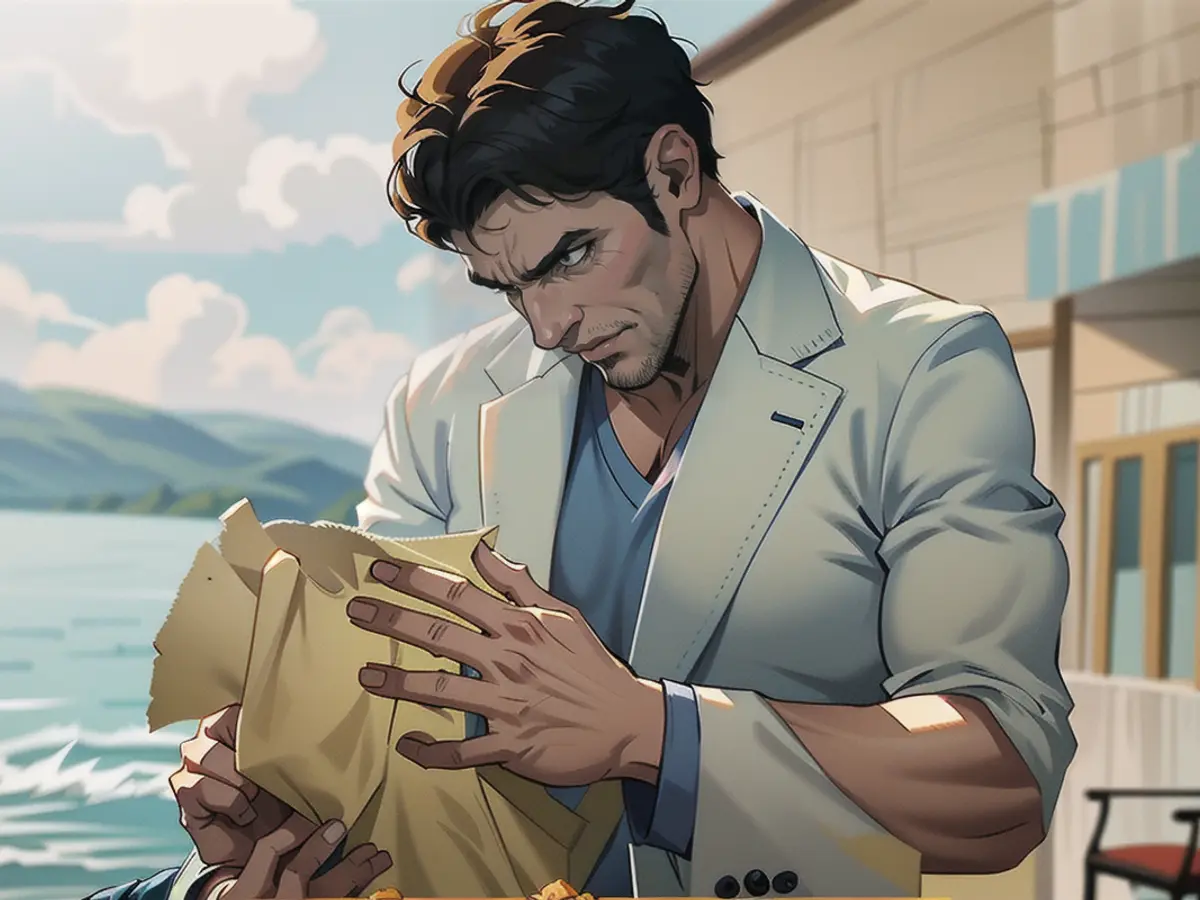"The past remains alive": "La Chimera's captivating exploration of archaeology raises inquiries on Italy's tomb desecrators"
In many areas of his life, Arthur appears to be a drifter with no clear direction. But with the addition of a treasure-seeking rod, he finds a focus and a sense of purpose. It's uncertain if there's an unknown force guiding the rod or if it's merely chance, but either way, the outcome is the same. This intrigue is what captivates director Alice Rohrwacher.
During an interview with CNN, when asked why she selected O'Connor for the role, the Italian director stated, "He was sent to me by fate." Moreover, Rohrwacher also has an amusing anecdote about the actor and her parents that she shared at a later time, but considering Rohrwacher's cinematic adventures are full of mystical narratives, this statement suits her perfectly.
Born in Tuscany, Rohrwacher still lives in the same region where tombaroli have been illegally robbing graves. She studied classical literature, Greek, and Latin in college, and her fourth film presented an opportunity to blend her passion for storytelling with her longstanding pastime.
"There is a strong connection between archaeology and film - or at least how I create movies," Rohrwacher shared. "I feel that sometimes people, particularly white people, behave as if they are the sole existence. They forget about the past and future. My work is similar to an archaeologist's role in unearthing past cultural relics."
During the 1980s, grave robbing and antiquities trafficking were rampant. Similar to her previous features "Heavenly Body," "The Wonders," and "Happy As Lazzaro," Rohrwacher combined local non-actors and prominent performers, forming a group of tombaroli with little regard for history. These individuals loot tombs and pass on their finds to an anonymous middleman.
We first encounter O'Connor's Arthur as he emerges from a prison stint for engaging in the very same activities. Though Arthur possesses the innate ability to locate tombs, he struggles with the morality of the business. He is in debt, forcing him to continue, but he's also drawn to these places for their spiritual energy. Here, an enigmatic foreigner is mourning the loss of a lover; a modern-day Orpheus, searching for his Eurydice among the realms of the deceased.
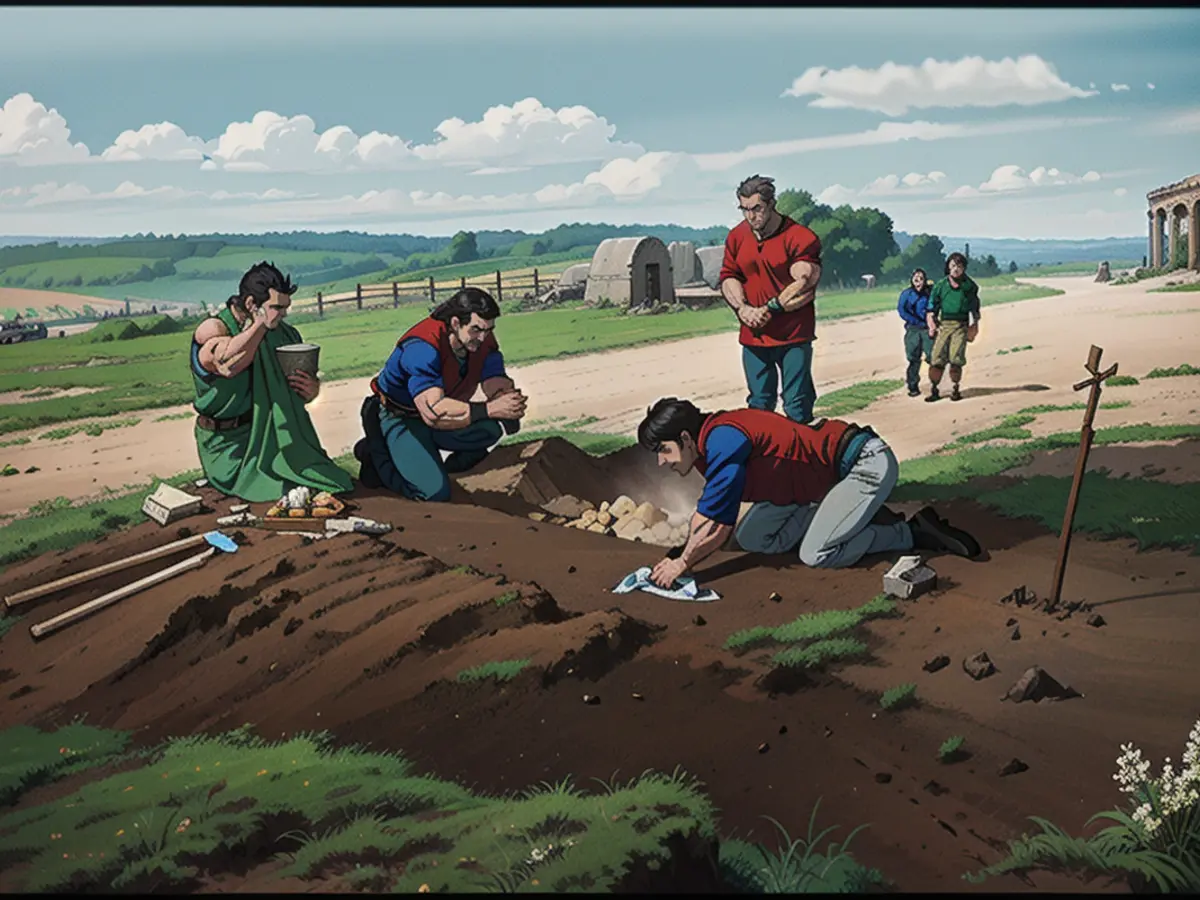
Isabella Rossellini enacts the character of Flora, the deceased woman's mother. She empathizes with Arthur, who may be the sole connection to her daughter. "I questioned Alice, 'Is this film about death?' She replied, 'It's not about death; it's about the afterlife.' And there is a distinction there. The afterlife represents a presence that we still might feel." Rossellini's deep conviction on this matter is evident.
The legendary actress, model, and daughter of acclaimed filmmaker Roberto Rossellini and Hollywood star Ingrid Bergman was a significant casting coup for the director. O'Connor, the rising star of "The Crown" and "Challengers," had to go the extra mile in landing this opportunity. Having watched "Happy as Lazzaro," O'Connor penned a letter to Rohrwacher. "However, he couldn't find my address," she explained. "So he mailed several letters to different addresses, and one of them reached my parents' home."
"I had envisioned this film with a much older protagonist," Rohrwacher divulged, but O'Connor's correspondence was "exceptionally heartfelt." The two met, and the director decided the 33-year-old "possessed an old spirit. He could depict the character as a somewhat unkempt, romantic hero, and uniquely ridiculous."
Clad in a rumpled linen suit and portraying a pitifully timid demeanor, Arthur embodies the respectable exterior and Virgilian guide to a murky domain where the profane becomes the sacred, and discovery and loss inevitably coincide. In one scene, the tombaroli open a previously untouched, ornate tomb. The vibrant frescoes, preserved for millennia, gradually fade as the outside air reaches them; their beauty is obliterated by a puff of wind. Even before one of the robbers delivers a grisly finishing blow to a statue, Rohrwacher condemns their actions for their violation.
In reality, the tombaroli engaged in their criminal activities with brazen abandon throughout much of the 20th century, sparing no regard for legal consequences. The turn of the century triggered new legislations restricting the international transport of Italian antiquities, and in recent years, substantial quantities of Etruscan artifacts have been recovered. Nowadays, Italy's efforts include a task force protecting and extracting stolen cultural relics from within the country as well as abroad, spearheaded by a collaboration between the Carabinieri and UNESCO. Nevertheless, the extent of the damage is significant. Countless artifacts have made their way from thieves to dealers to private collectors with no scholarly study to back their history.
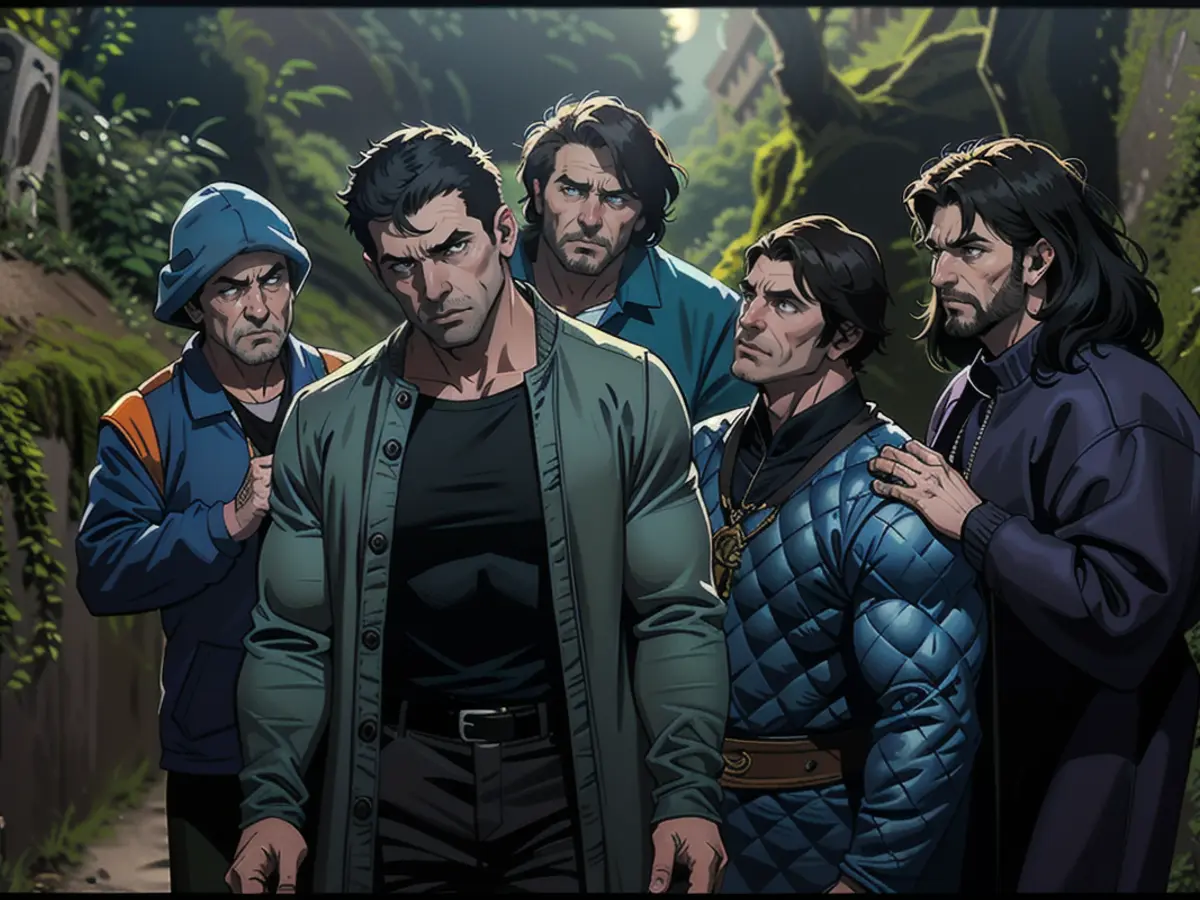
"The Etruscans were a very mysterious civilization," says Rossellini. "Perhaps they operated under a matriarchy... We don't know, because we never unlocked their writing." Each act of vandalism renders these mysteries more challenging to unravel.
Rohrwacher prompts the viewers to acquire more knowledge, with a suggested reading list presented in her movie's closing credits ("one film, entertaining though it could be, is restrictive," she claimed). However, there's a conundrum in Rohrwacher's work. She laments that the past was commercialized, jeopardizing our understanding of it. Yet, the enigma is central to her narrative. Overanalyzing "La Chimera" with weighty history and specific facts may harm its otherworldly characteristics, a characteristic of Rohrwacher's movie-making.
Campanile, her style, combines the old and new - a mix that Rossellini identified. "I can see my dad's influence, or Fellini or Pasolini. It was touching for me to work with a young director who knew so much about cinema and was impressed by my father's work," she shared.
"My father was a god for me," Rohrwacher says about the iconic director behind "Paisan" (1946) and "Rome, Open City" (1945), whose neorealistic legacy she builds upon, introducing a dash of magic and playfulness that those legends lacked.
"I am aware of the significance of that heritage," she continued. "My memories, my perspective - my perception of the world - was influenced by both personal and professional experiences. It's as if other filmmakers' viewpoints trained my vision and altered my understanding of reality."
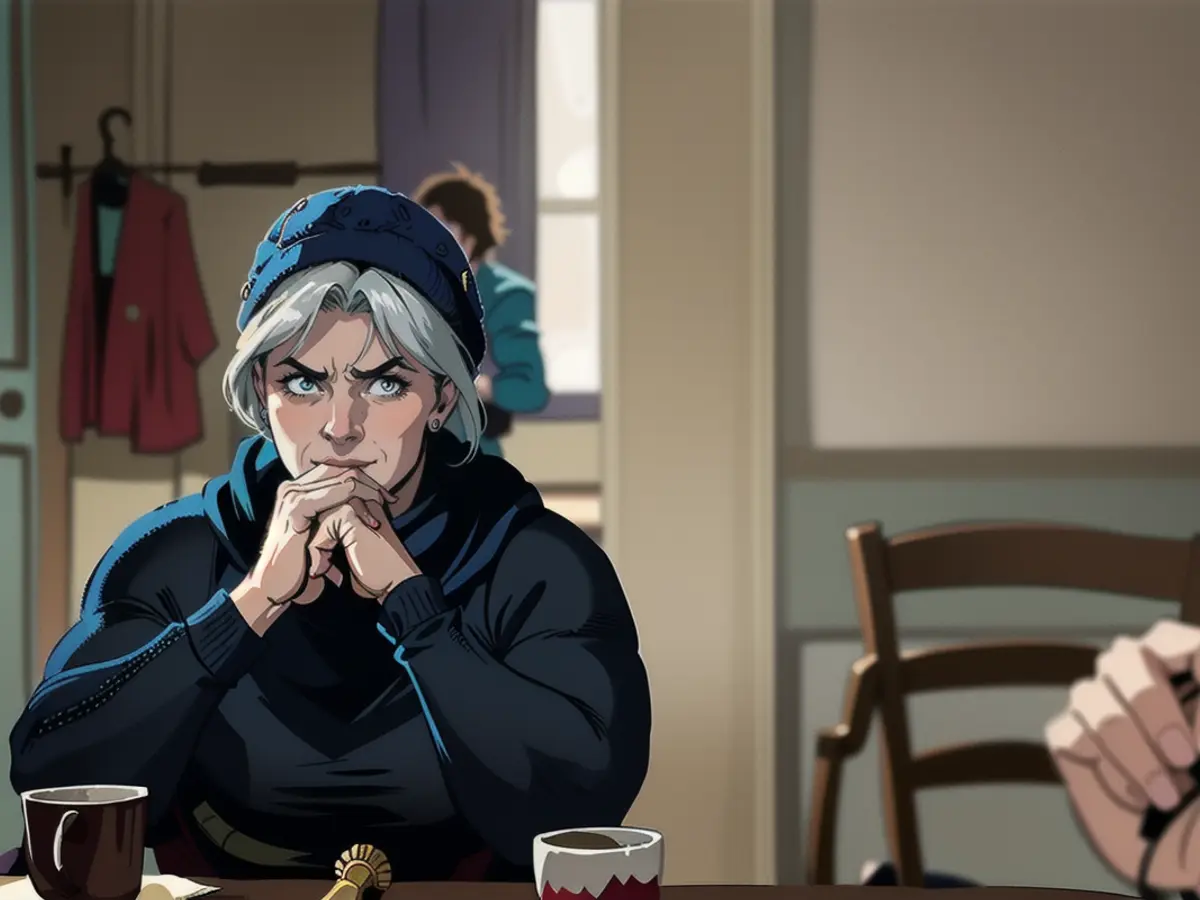
"Alice speaks of the ever-present past in Italy. There's always the pressure of this history," Rossellini said. "You live in the present and future, but the past, it defines you."
Yet, the past is a slippery concept, as Arthur's trip demonstrates. We find ourselves on its various levels, but occasionally, we're overwhelmed by it. Even if, like the tombaroli in "La Chimera," we overlook its true value, it remains unchanged.
Said Rossellini, "The past isn't gone." Through Rohrwacher's lens, it exists not even in the past.
“La Chimera"releases in UK cinemas on May 10 and is accessible to stream in the US.
Link: https://www.hollywoodreporter.com/review/la-chimera-east-of-the-west-venice-review-1235133329/
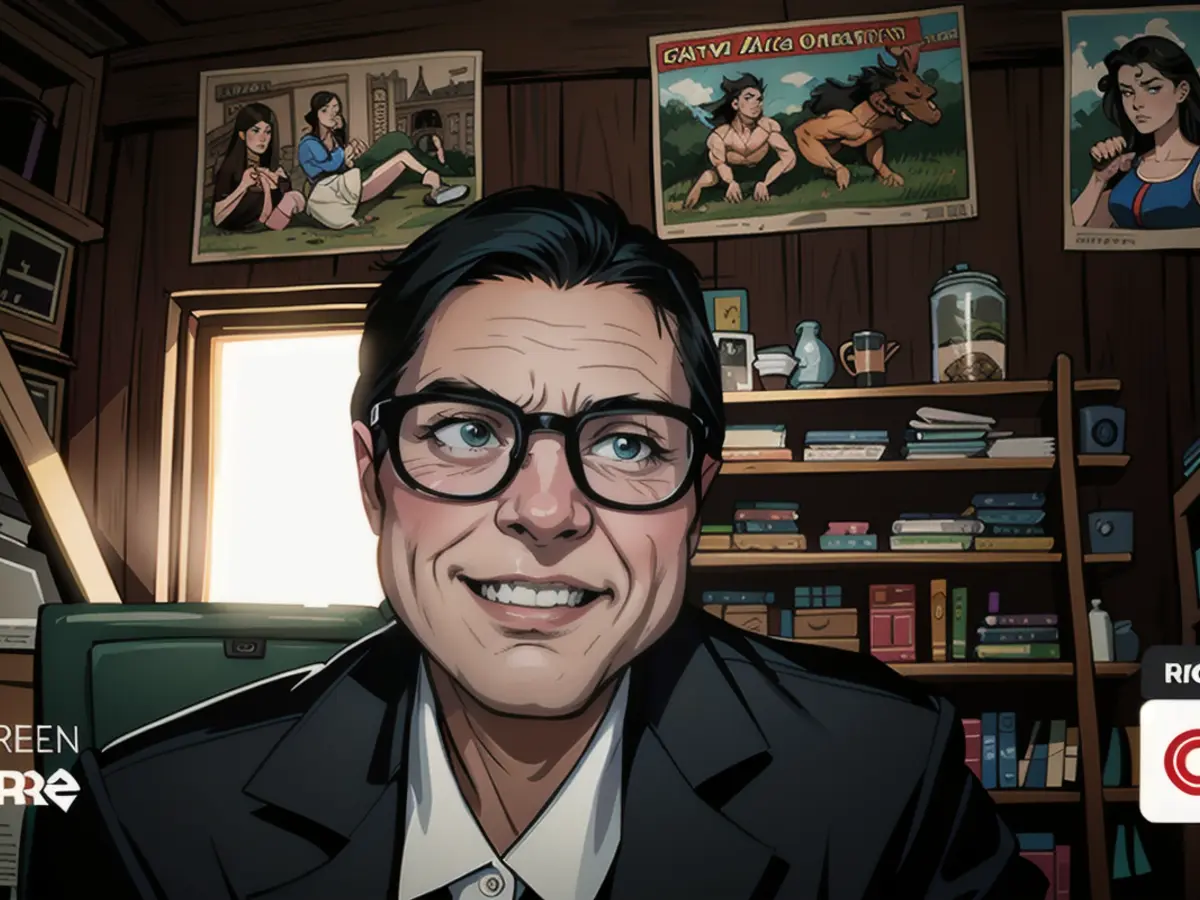
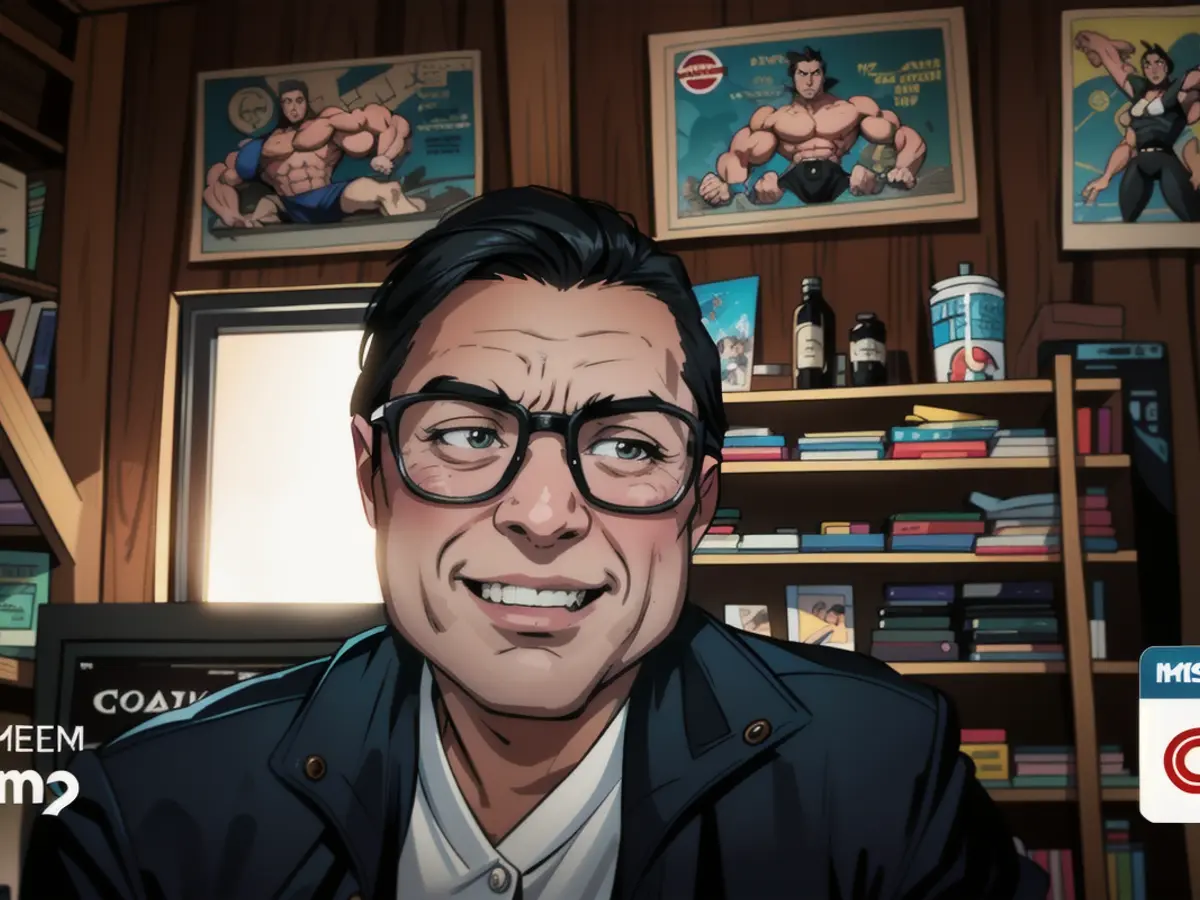
Read also:
- Caught up in the present: the end of "The Crown"
- Through New Year's Eve with TV shows
- What's next for the series hits?
- Which shows will be on?
Rohrwacher's cinematic style often incorporates elements from the arts, particularly when she blends classical literature and her fascination with archaeology.
The film's exploration of the afterlife and the connection between archaeology and film is a testament to Rohrwacher's unique art style that draws inspiration from various disciplines.
Source: edition.cnn.com
